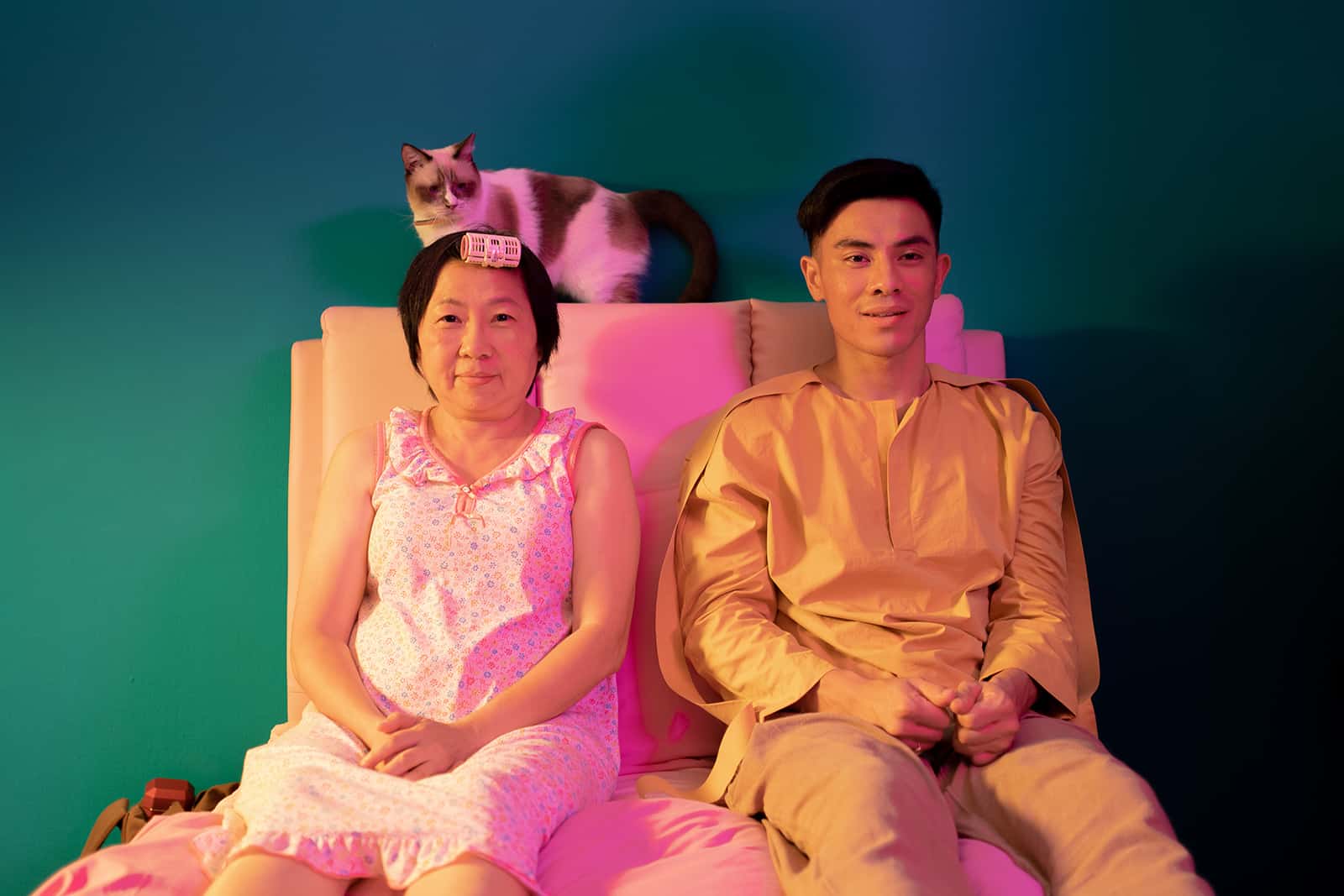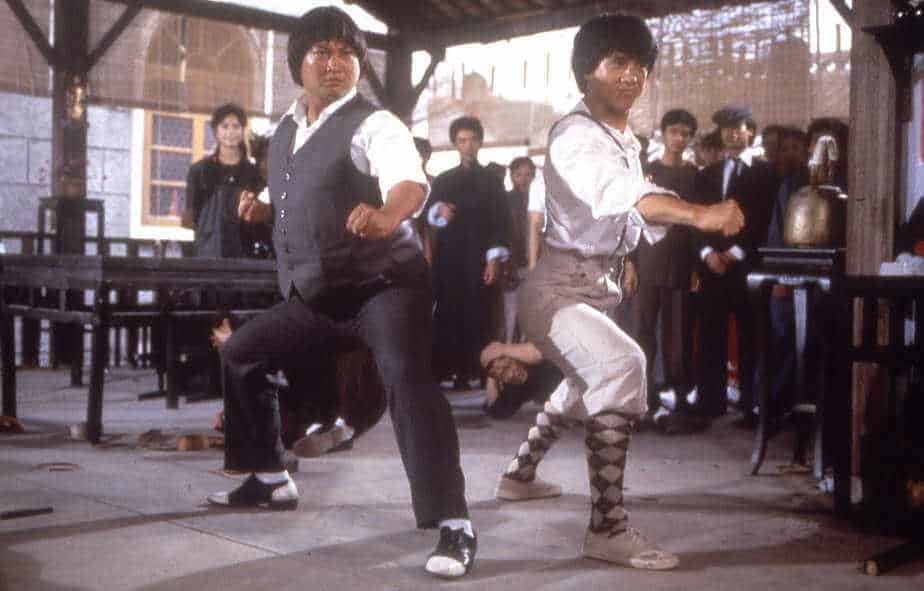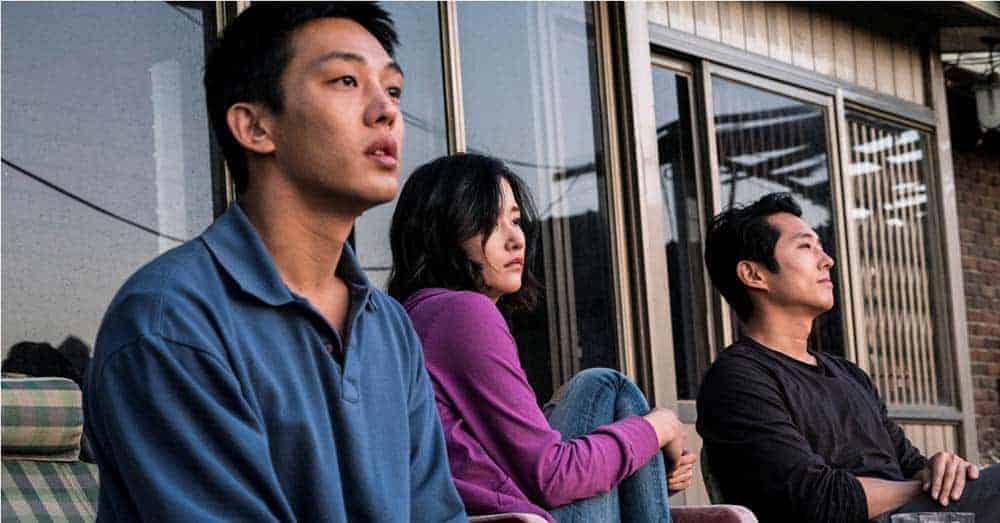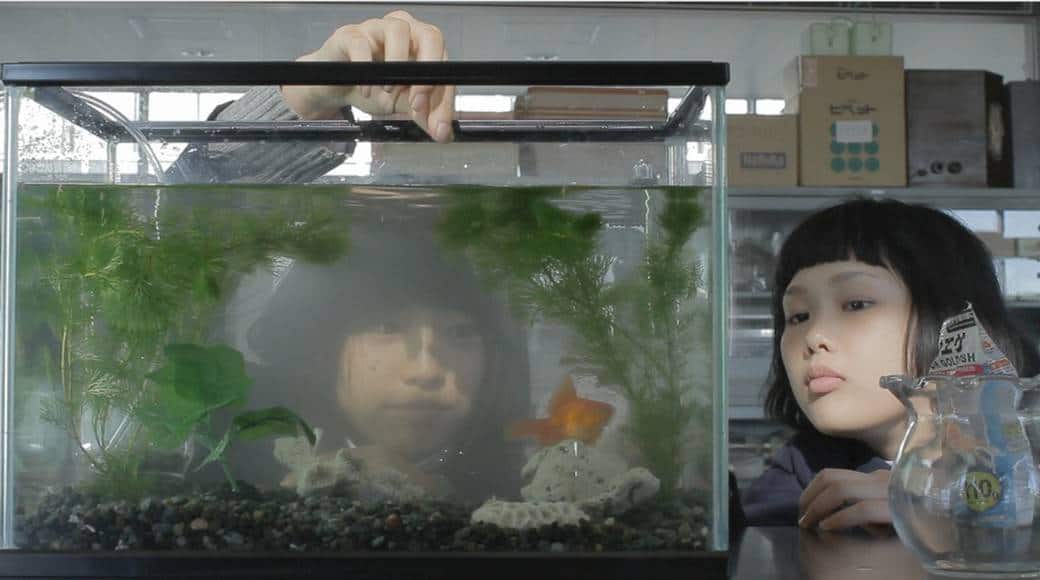From the early days of animation with films such as Lotte Reiniger's “The Adventures of Prince Achmed” and Walt Disney's “Snow White and The Seven Dwarfs” fairy tales, legends and fables have inspired many of the stories and films we love. And this has not changed much in recent years with films such as Tomm Moore's Irish Folklore trilogy, Hayao Miyazaki's “Ponyo” and even Pixar's “Brave” having at least their roots in folklore and old stories. For his A Viddsee Original Production “Fantastic Fables: The Southern Seas” director Chong Wu Koh also took inspiration from well-know tales from Singapore's history and gave them in a modern update.
Fantastic Fables: The Southern Seas is streaming at Viddsee
“Fantastic Fables: The Southern Seas” is a series of four short animated films, three of which are based on Singaporean folk tales and one is an original story written by director Chong Wu Koh. All four films relate to the identity and history of the Singapore region and all are heavily influenced by the director's love for the science-fiction genre. “The Singa Nebula“ tells the story of an astronaut on a mission to find a new planet to colonize. It is inspired by by the founding of Singapura by Sang Nila Utama.
“Pulau Subar Langit” is set on earth that is undergoing serious climatological problems. The story focusses on two sisters living with their uncle when one of them is abducted by a pirate. It is based on the tale of Sisters' Island, in which two sisters drown and form two of the Southern Islands in Singapore.
“N4D1M”, the third episode, is set on a spaceship taking people to colonize the planet discovered in the first episode. To keep their minds occupied and sharp during their voyage, they spend it in deep sleep and while “living” in a virtual world. When a swordfish shaped virus wreaks havoc, it threatens the lives of all passengers. It is based on the story of when swordfish infested the Southern coast of Singapore and how a little boy came up with a solution: building a barricade.
In the final episode “The Merlion Hunt”, three astronauts are sent back from the colonies to earth to retrieve the original statues of Singapore's mascot, the Merlion. Because of the presence of this symbol, there is a narrative connection to the previous episodes, ensuring that, all though this episode is based on an original story by Chong Wu Koh, it does not feel like the odd one out.
The four episodes of “Fantastic Fables: The Southern Seas” can be watched separately, although their universes intertwine and there is a chronology to be found in the storyline. The stories are relatively short, but even in that short time, Chong Wu Koh manages to get the viewer involved. They keep the viewer wondering about what happens next and how the characters got to where they are. In relation to this, it is regretful that the framing story is missing. The reason to leave earth, i.e. that the Sun is burning out and earth will no longer be able to sustain life, is not even mentioned in the stories themselves. This is a shame since it could have made not only for a stronger cohesion of the series, but it also would have added urgency to the individual episodes.
Visually, the episodes each have a distinct style and atmosphere. The animation styles are different, as are the color pallets and the techniques that are used. “The Singa Nebula” is dark and gloomy, the virtual reality of “N4D1M”, especially the backgrounds remind of old-fashioned video games and Art Deco graphics. Most astonishing are the backgrounds in the final episode. They are hand drawn in pencil, on what looks like brown paper. As such “Fantastic Fables: The Southern Seas” is a calling card for the artists and studios involved in the production of this series.

Chong Wu Koh is a fan of genre films and animation and it is obvious from watching “Fantastic Fables: The Southern Seas” that he knows his classics. All four episodes more or less recall well know sci-fi films. This reference is the most obvious in “N4D1M”, where the pods, the virtual reality and use of binary 0 and 1's are a clear homage to “The Matrix”. The discussions between the astronaut and the robot navigating the spaceship is reminiscent of the discussion Dr. David Bowman has with HAL in “2001: A Space Odyssey”. In “Pulau Subar Langit” with its floating islands and the speeders, the sister's use of Hayao Miyazaki's films, most specifically “Nausicaä of the Valley of the Wind”, never seem far away. The least clear references are to be found in “The Merlion Hunt”, although the scenery vaguely recalls Luke Skywalker's home planet Tatooine.
Every episode ends with an educational tailpiece. In this, one of the actors or the director gives background information about the story and the legend it was based on. They also point out hidden clues referring to the original legend and to Singapore. These are fun to watch but adding them in the episodes themselves feels weird. They seem to target children and young adults, a bit like is often done in museum tours and as a result, turn the “Fantastic Fables: The Southern Seas” into an educational series rather than in science-fiction shorts. Since the episodes are strong enough to stand on their own, it makes one wonder what brought this decision about. As they do provide viewers with valuable information, especially those interested in the history of Singapore, separating these appendices and presenting them alongside the films would be more efficient.
With “Fantastic Fables: The Southern Seas” Chong Wu Koh has brought us an engaging science-fiction series with an original twist using Singapore's legends. It might not be the perfect series, but it shows a lot of promise and the viewer gets absorbed by the characters and stories enough to wish for more.















